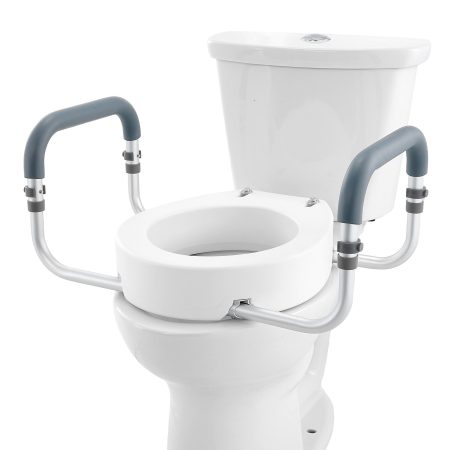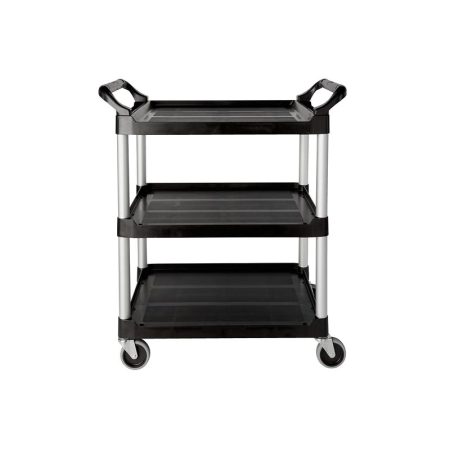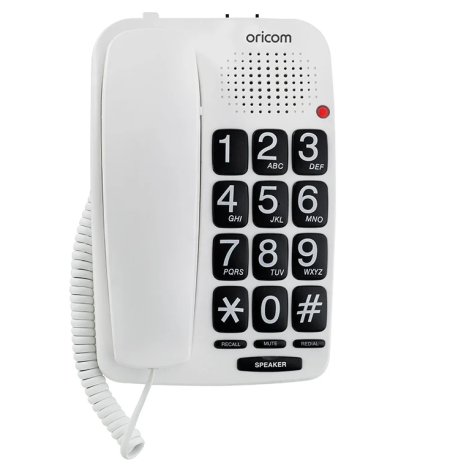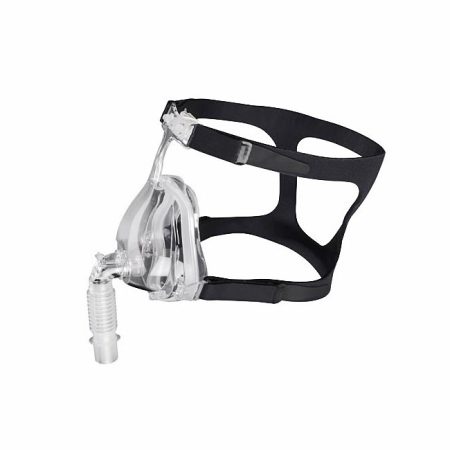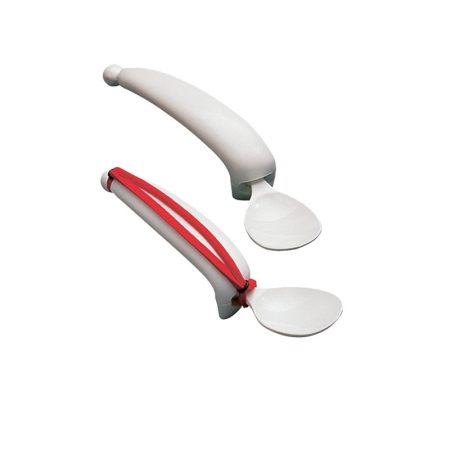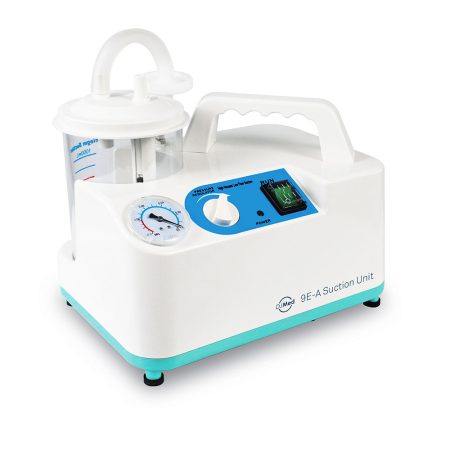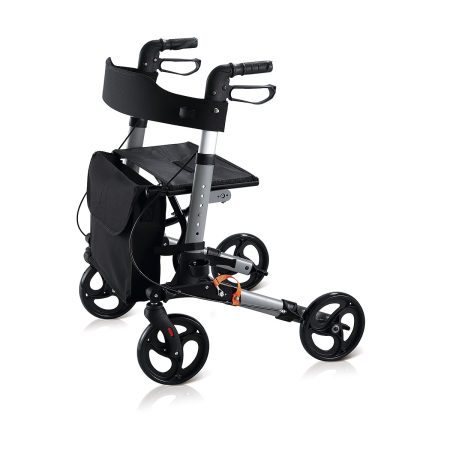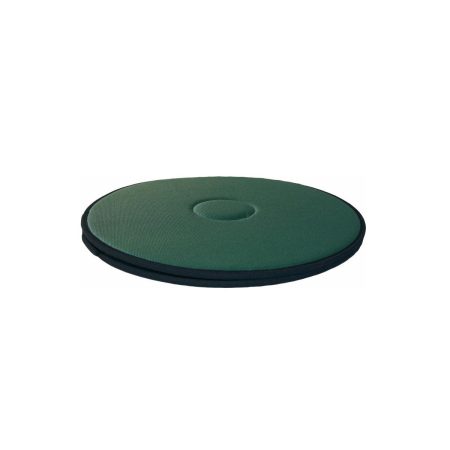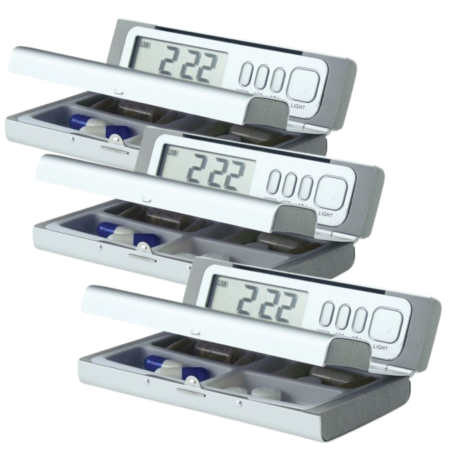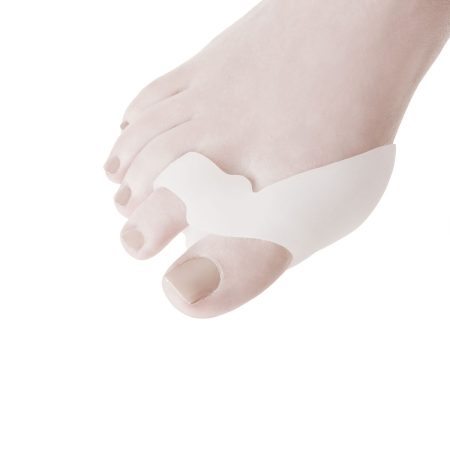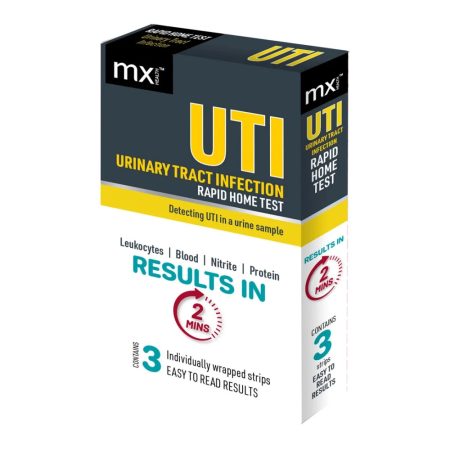Urinalysis Test Strips: Home Use vs. Clinical Application

Can urinalysis test strips be used at home for self-monitoring or are they primarily for clinical use?
Importance of Urinalysis in Health Monitoring
Urinalysis test strips offer a quick and efficient method for monitoring various health indicators, from urinary tract infections to kidney function, and play a crucial role in both home health monitoring and clinical diagnostics. These strips work by revealing changes in urine composition, providing immediate insights into one’s health status. At home, they empower individuals to proactively manage their health with privacy and convenience, offering early detection of potential issues that might require further medical attention. In clinical settings, professionals rely on these strips for a preliminary assessment, integrating the results with other diagnostic tools for a comprehensive evaluation. Understanding the proper application, benefits, and limitations of urinalysis test strips can guide individuals in making informed decisions about when and how to use them for health monitoring purposes.
Understanding How Urinalysis Test Strips Work
The Science Behind the Strips
Urinalysis test strips utilise a straightforward yet ingenious technology where chemical pads on the strips react with various compounds in the urine. Each pad is designed to test for a different substance, such as glucose, protein, pH level, white blood cells, and more. When dipped in urine, these pads change color based on the concentration of the specific substances present, offering a visual representation of the chemical composition of the urine. This reaction is the result of carefully formulated reagents reacting with the urine to provide a snapshot of the user’s metabolic processes, indicating overall health or the presence of specific health conditions.
Reading the Results: What Do They Mean?
Interpreting the results of urinalysis test strips involves comparing the color changes on the strips to a color chart provided with the product. Each color corresponds to different levels of substances in the urine, such as leukocytes, nitrites, and proteins, indicating normal or abnormal levels. For example, the presence of nitrites might suggest a urinary tract infection (UTI), while high levels of proteins could indicate kidney issues. It’s crucial for users to understand that while these results can signal potential health concerns, they are not definitive diagnoses. Abnormal results should prompt further investigation by a healthcare professional to determine the underlying cause and appropriate treatment.

Home Use of Urinalysis Test Strips
Benefits of Self-Monitoring
Utilising urinalysis test strips at home offers significant advantages for individuals looking to take an active role in their health management. The key benefits include:
- Early Detection of Potential Health Issues: These strips can identify signs of conditions such as urinary tract infections, diabetes, and kidney problems early on. Prompt detection allows for quicker response and treatment, potentially preventing complications.
- Convenience and Privacy: The ability to conduct these tests in the comfort of one’s home and at any time provides a level of convenience unmatched by clinic visits. Additionally, it affords an element of privacy for those who may feel uncomfortable undergoing such tests in a clinical setting.
Limitations and Considerations
While the home use of urinalysis test strips presents many benefits, there are important limitations and considerations to bear in mind:
- Accuracy Concerns: The accuracy of home tests can vary and may be influenced by factors such as improper storage, expired strips, or incorrect usage. These variables can lead to false positives or negatives, potentially leading to unnecessary anxiety or overlooked health issues.
- Understanding the Limitations: It’s crucial for users to understand that these strips do not replace professional medical advice. An abnormal result should be followed up with a healthcare provider for a comprehensive evaluation. Users should also be aware of the specific substances the strips can detect and those they cannot, to have realistic expectations of the tests’ capabilities.
Clinical Application of Urinalysis Test Strips
Role in Diagnostic Processes
In clinical settings, urinalysis test strips are a fundamental tool used by healthcare professionals to conduct initial assessments of a patient’s overall health and to monitor specific conditions. Their application in these environments includes:
- Comprehensive Health Assessments: These strips provide a quick, initial screening tool for detecting a range of health issues, including urinary tract infections, kidney disease, diabetes, and liver problems. They are often part of routine health check-ups or the initial evaluation when a patient presents with symptoms.
- Monitoring Specific Conditions: For patients diagnosed with chronic conditions such as diabetes or kidney disease, urinalysis test strips allow for regular monitoring. This helps in managing the condition effectively by tracking changes in the urine that may indicate the need for adjustments in treatment.
Advantages Over Home Use
While urinalysis test strips are available for both clinical and home use, their application in a clinical setting comes with significant advantages:
- Professional Interpretation: Healthcare professionals have the expertise to accurately interpret the results of urinalysis test strips, considering the patient’s medical history and other symptoms. This professional analysis minimizes the risk of misinterpretation and ensures that the results are integrated into a comprehensive diagnostic picture.
- Integration with Other Diagnostic Tools: In clinics and hospitals, urinalysis test strip results are often just the first step in diagnosis. Abnormal results can lead to further investigations using more sophisticated diagnostic tools, such as blood tests, imaging studies, or microbiological cultures, to confirm a diagnosis and guide treatment decisions.

Making the Choice: Home Use vs. Clinical Application
When to Use Home Test Strips
Home urinalysis test strips are a valuable tool for routine health monitoring and the early detection of potential health issues. They are particularly useful for:
- Individuals managing chronic conditions such as diabetes or kidney disease, enabling regular monitoring.
- Those seeking a quick assessment for symptoms like urinary tract infection (UTI) signs before consulting a healthcare professional.
- Anyone interested in maintaining an active role in their health management through regular health check-ups.
When to Seek Professional Testing
Professional testing in a clinical setting is recommended under several circumstances, including:
- When home test strip results indicate abnormal or unexpected outcomes that require further investigation.
- For comprehensive health screenings as part of routine medical care, ensuring any underlying conditions are identified and monitored.
- When experiencing symptoms that are severe, persistent, or accompanied by other signs of illness, underscoring the need for a more thorough diagnostic approach.
Consulting Healthcare Providers
Consulting with healthcare providers is essential for interpreting test results accurately and determining the best course of action. It is particularly important:
- Following abnormal results from home testing to understand the implications and next steps.
- For guidance on how frequently to use home test strips based on individual health conditions and risk factors.
- To receive personalized advice on managing or treating identified health issues, ensuring the use of home test strips complements professional medical care effectively.




